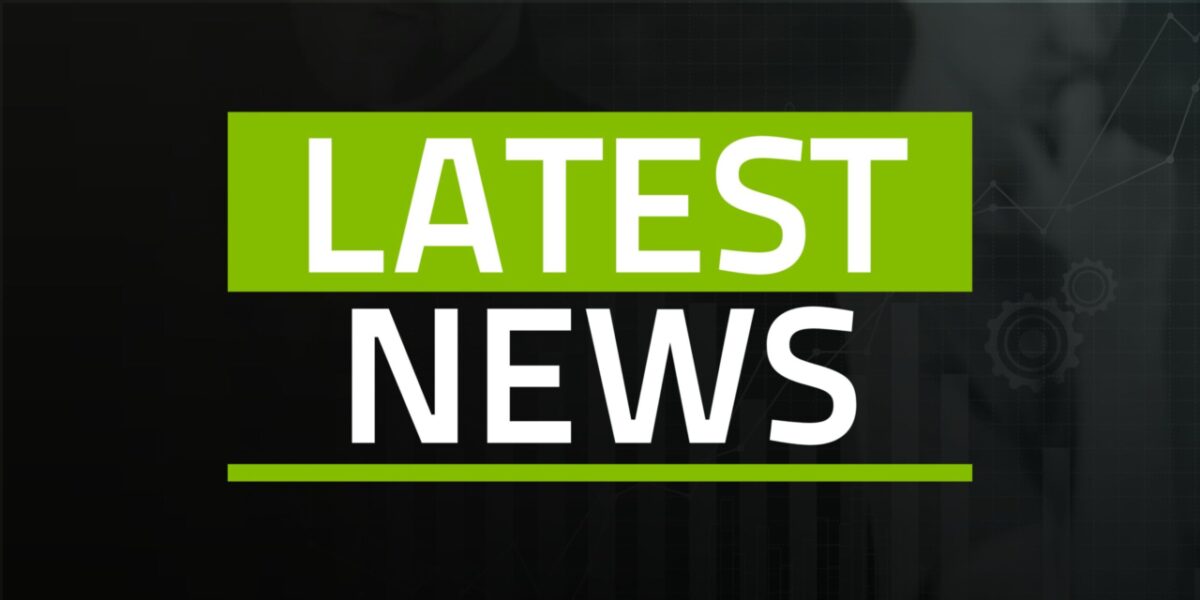Why some small businesses are switching to tax-basis reporting
Accrual-basis financial statements are considered by many to be the gold standard in financial reporting. But with the increasing cost and complexity of today’s accounting rules — in particular, the updated lease guidance that went into effect last year — some private companies are seeking a simpler alternative to U.S. Generally Accepted Accounting Principles (GAAP). The solution for some is to switch from accrual to income tax-basis reporting.
What’s causing the shift?
The Financial Accounting Standards Board has issued several major accounting rule changes over the last decade, including updated guidance on revenue recognition and credit losses. But the most onerous for private companies has generally been the updated guidance under Accounting Standards Codification Topic 842, Leases. Although the updated standard was published in 2016, it finally took effect on January 1, 2022, for calendar-year private companies — after being amended and deferred several times.
Many privately held companies failed to understand the scope of the changes until recently. And it requires far more work than most anticipated.
To alleviate the burdens of complying with the new rules, some private companies are now opting to use a special reporting framework, the most common of which is tax-basis reporting. This is popular among small businesses because they can use the same methods and principles as they do to file their federal income tax returns.
What’s the difference?
Under accrual-basis accounting, revenue is recognized when earned (regardless of when it’s received), and expenses are recognized when incurred (not necessarily when they’re paid). This methodology matches revenue to the corresponding expenses in the proper period. So it minimizes fluctuations in profit margins over time and facilitates comparisons with other companies.
Under tax-basis accounting, transactions are recorded when they relate to tax. Essentially, you have one set of accounting records for both book and tax purposes. Historically, tax-basis reporting was used by companies that didn’t have complex financial affairs and didn’t need up-to-date information about their financial situations. Often these companies transitioned to accrual accounting as they grew and developed more sophisticated financial reporting needs. The pendulum is shifting away from accrual-basis reporting as companies become fed up with implementing major updates under GAAP.
However, there’s a risk to switching accounting methods: An unexpected change could upset investors and lenders, who generally prefer accrual-basis statements. GAAP is designed to prevent companies from overstating profits and asset values. By contrast, the tax rules are designed to maximize tax revenue for the government, so they generally prevent companies from understating profits and asset values.
What’s right for your business?
Choosing the right accounting method for your business depends on your financial needs and accounting skills. Some businesses use a hybrid approach, incorporating elements from two or more methods. The method you’ve used in the past may not be appropriate for your current situation. Contact us to help you find the optimal approach.
© 2023



 Linda L. Nay
Linda L. Nay

